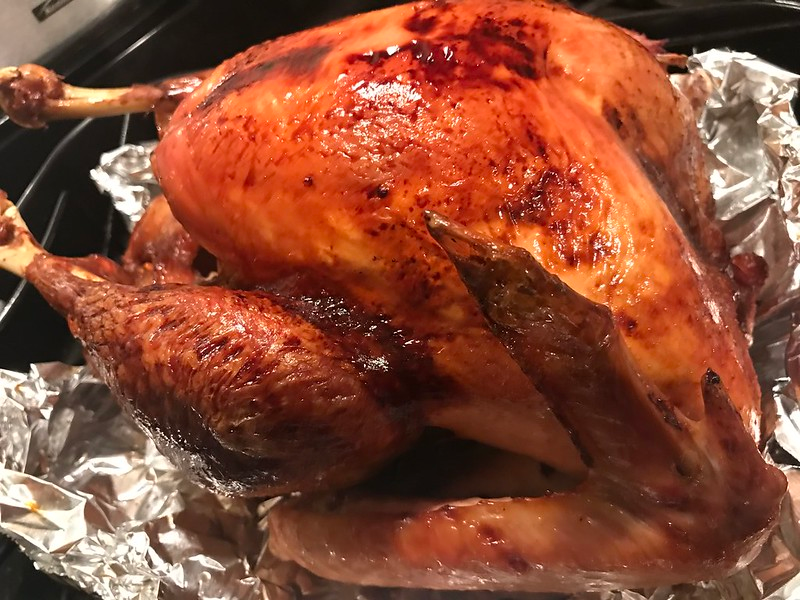Picture this: You’re rushing through the grocery store when something catches your eye — a fridge of full-sized turkeys, selling at just 29 cents a pound, or $5 each. You look back to make sure it’s real.
Now comes the inevitable question: How can such a good deal on the most coveted grocery item of the season last until the end of November?
During the pandemic, restrictions on transportation made it difficult for many families to congregate. As such, fewer families bought turkeys, most of which weighed 15 lbs, nearly 10 times the recommended 600 g intake per week. Thus, grocery stores like Safeway turned to running extreme sales to free up their fridge space.
Considering the low price, my family and I thought it would be a good value. Roasting a turkey is a fun way to spice up your Thanksgiving and connect with family (and friends!) before the school year reaches its busiest period.
Once we decided to invest in a turkey, however, figuring out how to handle it proved to be a challenge.
For one, clearing out enough space in our fridge was quite a task on its own. Following our purchase, we were reduced to eating leftovers for the next two days, leaving the turkey to thaw.
Three days later, we seasoned the interior of the turkey with salt, pepper, onions and a blend of herbs including thyme, parsley and rosemary from our garden. The body wasn’t as deep as I had expected; it was only about half the length of my forearm, not more than a foot. Perhaps childhood cartoons and TV shows like Mr. Bean that portray turkeys more or less as inflatable balloons had skewed my perception of them.
After spreading a layer of herb butter over and underneath the skin of the turkey breasts, the turkey was ready to marinate in the refrigerator overnight.
The next morning, we gently massaged the turkey — now properly tanned — for 15 minutes. Don’t let the word “massage” deceive you: It’s a full-body workout.
Once we tied the legs under the body with twine and covered the body with aluminum foil, the turkey was set to roast at 325 degrees Fahrenheit for four hours, then placed to cool for half an hour outside the oven. Ideally, we should’ve let it cool for longer, but the smell of roasted turkey had wafted throughout the house by then and was too tempting to resist. My parents ended up burning themselves twice each in their eagerness to cut the turkey; it took both of them to crack off a section of the back with a chef’s knife, as we didn’t own a cleaver.
The flavor was as expected: simple and tasty.
The cooking process made the meal more enjoyable, or so the saying goes: You’re more inclined to enjoy meals you prepare yourself. Ultimately, eating turkey for Thanksgiving is a simple, hearty meal great for establishing the homey, cozy atmosphere associated with fall.
So you might be wondering: How did three people finish a whole turkey before it went bad? We sliced off the meat suitable for eating and finished within a few days, then used the remaining bones to make turkey soup.
As one of my first experiences cooking in the kitchen, preparing a turkey with my parents gave me insight into just how much time and effort it takes to prepare meals for the family — and I wasn’t even doing half of the work. Even though this recipe was, according to my mom, beginner-friendly, it doesn’t detract from the level of planning required ahead of every meal and the clearheadedness needed during the preparation, not to mention the extensive clean-up process after.
I discovered a newfound respect for my parents. But Mom and Dad, please don’t take this as my offer to do the dishes every night.


























